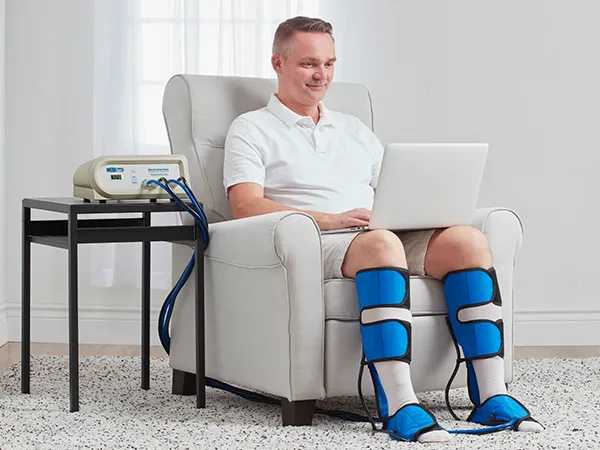What is Peripheral Arterial Disease?
Peripheral Artery Disease (PAD) is a circulatory condition where narrowed arteries reduce blood flow to the limbs, most commonly the legs and feet. This is typically caused by atherosclerosis, where plaque builds up inside the arteries, restricting blood flow. Symptoms can include pain, numbness, or coldness in the affected limb, especially during exercise. Treatment focuses on managing risk factors like high cholesterol, high blood pressure, and diabetes, as well as lifestyle changes like exercise and quitting smoking.

What Causes Peripheral Arterial Disease?
Peripheral artery disease (PAD) is often caused by a buildup of fats, cholesterol and other substances in and on the artery walls, a condition called atherosclerosis. The buildup is called plaque. Plaque can cause arteries to narrow, blocking blood flow. In PAD, plaque collects in the arteries of the arms or legs.
Less common causes of PAD include:
- Swelling and irritation of blood vessals.
- Injury to the arms or legs.
- Changes in the muscles or ligaments.
- Radiation exposure.
What are the symptoms of Peripheral Arterial Disease?
- Intermittent claudication: Pain, aching, or cramping in the legs, especially during exercise, that subsides with rest.
- Rest pain: Severe PAD can cause pain in the affected limb even when resting.
- Numbness and tingling: In the affected limb.
- Coldness: One foot may feel colder than the other.
- Color changes: The foot or leg may appear pale, bluish, or reddish.
- Hair loss: On the affected limb.
- Skin changes: Dry, shiny skin, or thickened toenails.
- Wounds that don't heal: Sores on the toes, feet, or legs may be slow to heal or not heal at all.
